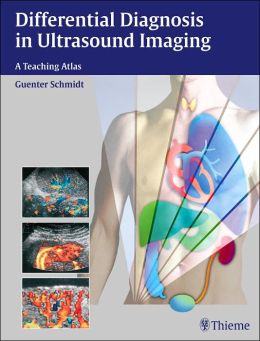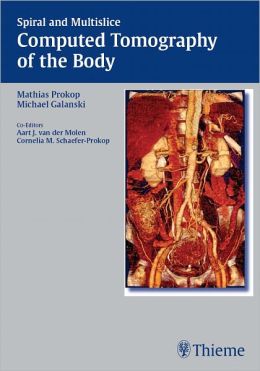-65%
Understanding Electrodiagnostic Tests for Neuromuscular Disorders and Motor Control Issues
Electrodiagnostic tests, such as electromyography (EMG) and nerve conduction studies (NCS), are vital tools for diagnosing and managing neuromuscular disorders and conditions affecting motor control. These tests allow healthcare providers to assess the electrical activity of muscles and nerves, providing valuable insights into the underlying causes of various symptoms.
Electromyography (EMG): A Window into Muscle Function
EMG involves the insertion of a thin needle electrode into a muscle to measure its electrical signals. These signals represent the muscle’s activity, both when it is at rest and when it is contracting. By analyzing EMG signals, clinicians can identify abnormal patterns that may indicate neuromuscular dysfunction.
EMG is particularly useful for diagnosing conditions that affect the nerves supplying muscles, such as peripheral neuropathies, and for identifying disorders that affect muscle function directly, such as muscular dystrophies and myopathies.
Nerve Conduction Studies (NCS): Assessing Nerve Integrity
NCS involve stimulating a nerve with a small electrical current and recording the resulting electrical response at a distal point along the nerve’s path. The speed and amplitude of the response provide information about the integrity of the nerve and help clinicians detect nerve damage or disease.
NCS are commonly used to diagnose carpal tunnel syndrome, a condition caused by compression of the median nerve in the wrist. They can also help identify other nerve entrapment syndromes and evaluate nerve function in patients with conditions such as multiple sclerosis and Guillain-Barré syndrome.
Interpreting Electrodiagnostic Test Results
Interpreting EMG and NCS results can be complex, requiring specialized knowledge and experience. This book aims to simplify this process for referring doctors and other healthcare professionals who may not perform these tests themselves but need to understand their implications.
The book provides a comprehensive overview of the principles underlying NCS and EMG, including:
- The anatomy and physiology of nerves and muscles
- The techniques used to perform NCS and EMG
- The interpretation of normal and abnormal EMG and NCS findings
- The common conditions that can be diagnosed and evaluated using these tests
Enhancing Patient Care Through Informed Referrals
By empowering referring doctors and healthcare professionals with a solid understanding of EMG and NCS, this book ultimately enhances patient care. Informed referrals for these tests ensure that patients receive appropriate and timely diagnosis and treatment for their neuromuscular disorders and motor control issues.










Reviews
Clear filtersThere are no reviews yet.